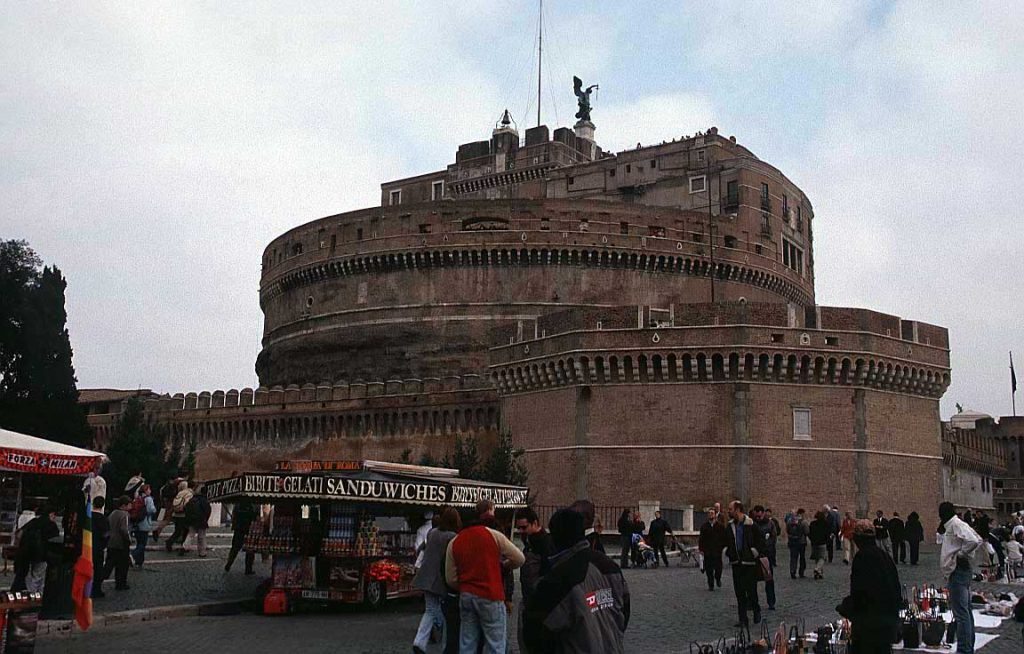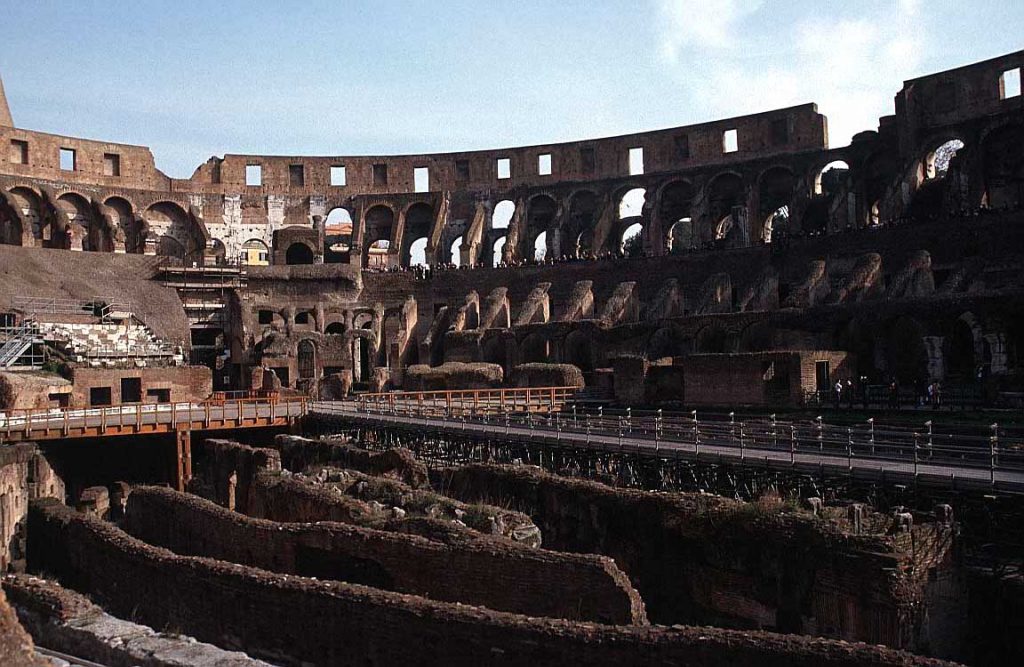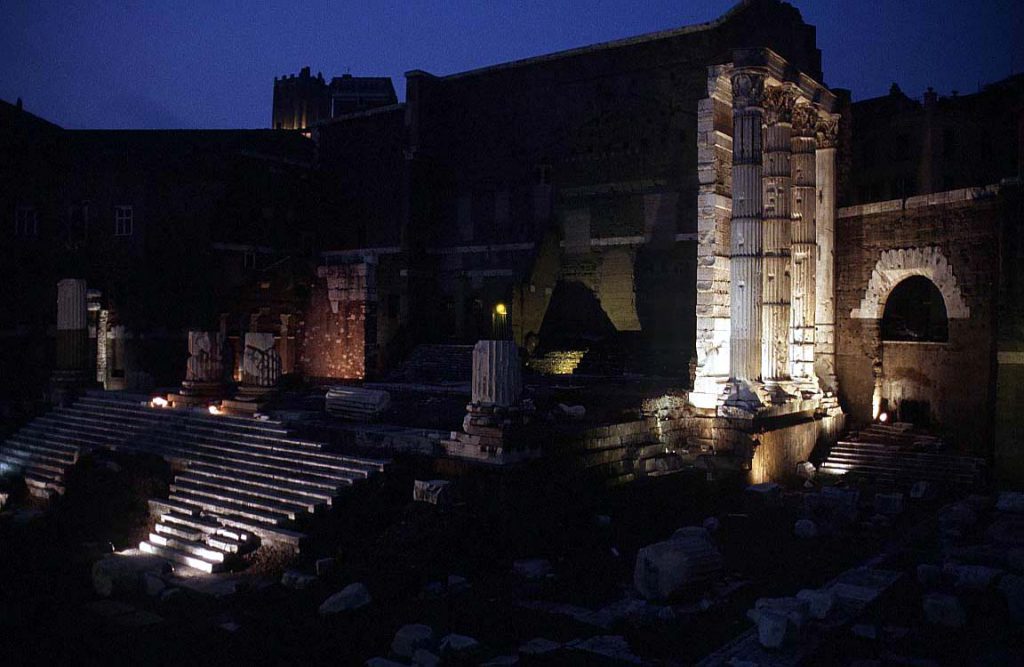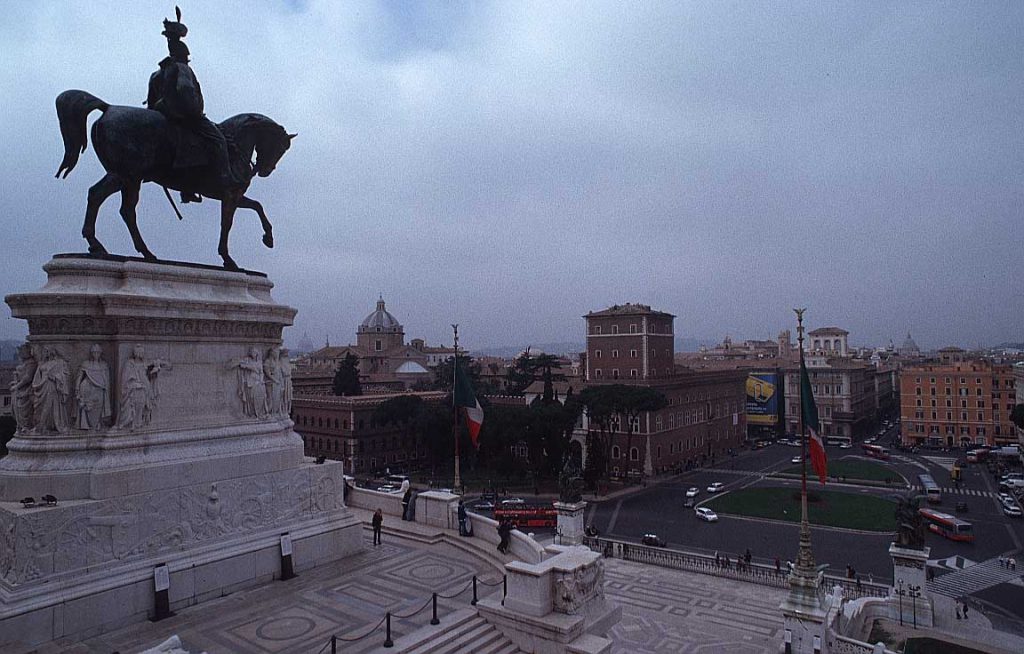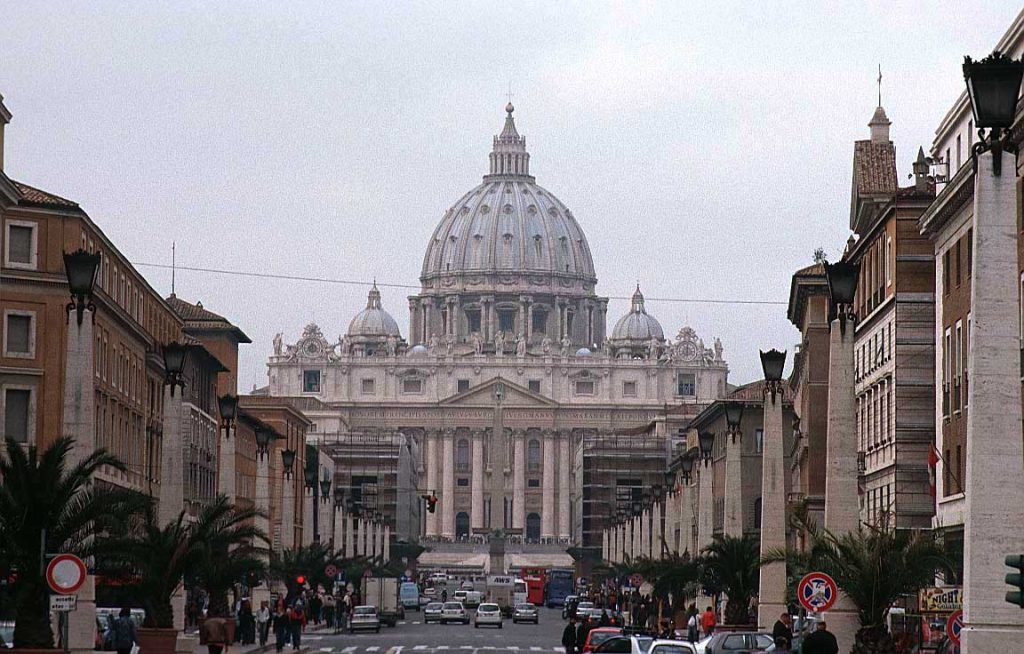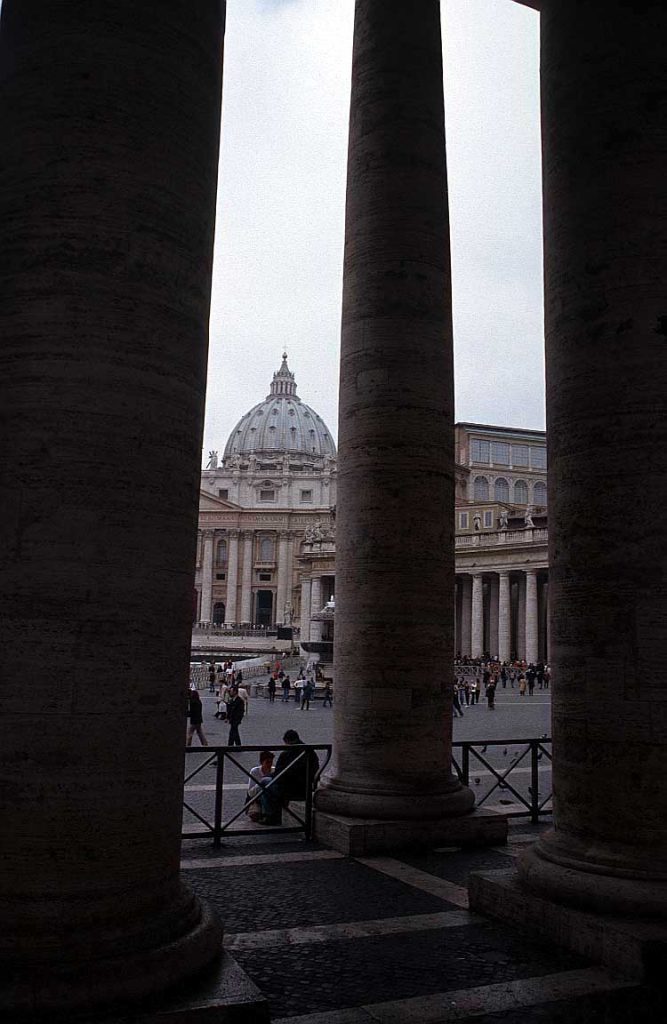Rome
Rome, the capital of Italy is one of the world’s major tourist destinations, receiving an amazing 7-10 million tourists every year. Rome is situated on the banks of the River Tiber, and its attraction for tourists is the incredible amount of interest that can still be found in its numerous historical sites. Rome has a population of over three and a half million, and it contains a separate state, the Vatican City, population just 920.
What to see in Rome:
The Roman Forum. The monumental complex whose remains lie between the Capitol, the Imperial Forums, the Colosseum and the Palatine. This was the centre of the administration of the Roman Empire, and what strikes the modern day visitor is how small it was. Don’t miss the Arch of Titus, the Temple of Saturn and the Temple of Vesta – all along the Via Sacra, the main Roman road through the Forum.
(The Forum is open daily from 9am; the ticket is valid for two days and includes entrance to the Colosseum and Palatine Hill.)
The Capitol has remained the nucleus of Roman life for thousands of years. On this southern summit of the Capitoline Hill were the three most important temples in ancient Rome.
The Palatine, another historic Roman hill. The Emperors and patrician families lived on the Palatine, which is where, according to legend, Romulus founded Rome in the 8th century BC. Remains of fine villas can be seen here.
The Colosseum, just east of the Forum was one of the greatest marvels of Roman civilization. This entertainment amphitheatre was begun by Vespasian in A.D. 72 and completed by his son 8 years later. Its 80 entrances could admit 55,000 spectators, all of whom had seats. It is not, in fact, circular, but an ellipse 188m (617ft) long and 156m (512ft) wide. (The Colosseum is open every day and is very busy, but you can avoid the queue by buying a one- or three-day pass in the Forum.)
Piazza Venezia (which takes its name from the Palazzo Venezia) is the traffic-heart of Rome. The Victor Emmanuel Monument was designed by Giuseppe Sacconi.
Fontana di Trevi. Perhaps the most famous baroque fountain in the world, this Renaissance construction at the end of a Roman aqueduct carries the legend that if you throw a coin in you will return to Rome. It is in the form of the facade of a large palace decorated with statues. (The fountain is to be found at the Poli Palace in the Trevi District.)
Not far from the Trevi Fountain, the Pantheon is the most perfect of all classical monuments in Rome. Built by the Emperor Hadrian as a temple to “every god” (pan-theon), it was converted to a Christian church by the pope in 609AD. (Open daily with no entrance fee, but no entry for visitors during Masses.)
Piazza Navona occupies the place of the Stadium of Domitian, three magnificent fountains.
Terme di Caracalla. The ruins of ancient Rome’s public bathhouse, dating back to the 3rd century.
St. Angel’s Castle. On the banks of the Tiber, this former Mausoleum of Hadrian, later used as a fortress by popes, is still linked to the Vatican by a covered passageway. (Open daily at 9am; take bus 40 from the main railway station or Metro Line A to Lepanto.)
Vatican State: An independent papal state enclosed by Rome, the Vatican has been the residence of the popes since 1377. St. Peter’s Square is by far largest in Rome. The colonnade is the finest work of Bernini. St Peter’s Basilica is the greatest church of Christianity (open from 7am every day, admission free).
The Vatican City has 11 museums, the Sistine Chapel with Michelangelo’s great ceiling, and the enchanting Vatican Gardens.
Where to stay in Rome:
For a hotel with a view of St Peter’s Square from its roof-terrace, try the 4 star Residenza Paolo VI, five minutes walk from the River Tiber and Castel Sant Angelo. A 2 star hotel still within walking distance from the Castel and St Peter’s is the Angel Hotel. Each room has an ensuite bathroom and air conditioning, and Wifi is free.
For a hostel offering good value, head for Carlito’s Way Hotel and Hostel on Via Villafranca. This small hotel only has 8 rooms, so book ahead. Or to experience luxury in a hotel that is more like a private house, choose the Villa Spalletti Trivelli, a historic residence in the heart of Rome, set in a private Italian garden and having only 12 elegant rooms and suites, with a fitness centre and spa. The rooms are furnished with antiques and you will be constantly reminded that you are in one of the most historic cities in the world!
Tourist tip:
Rome is a fantastic city to visit and however long you are able to stay won’t be enough, but it does suffer from its share of crime, so take precautions against pickpockets and scam artists who prey on tourists.


